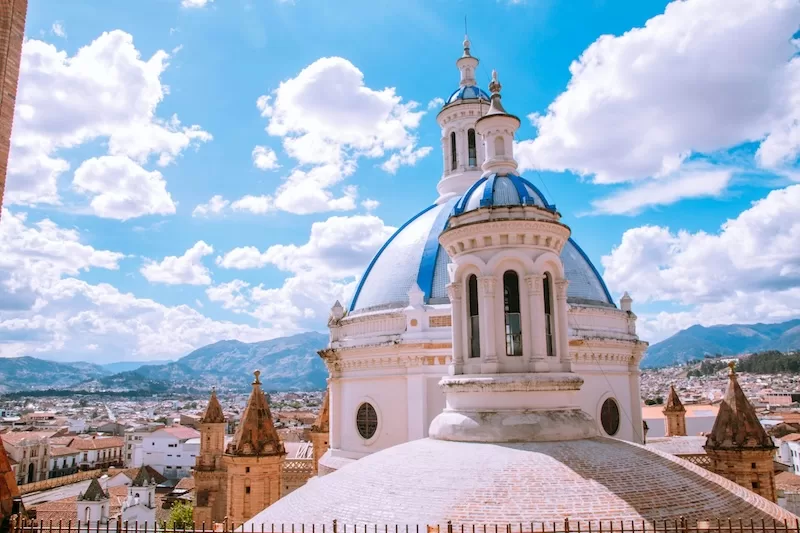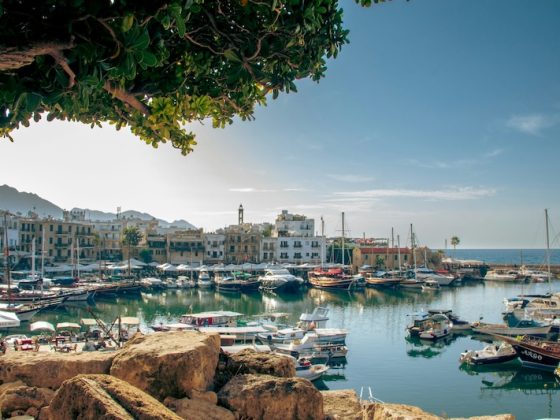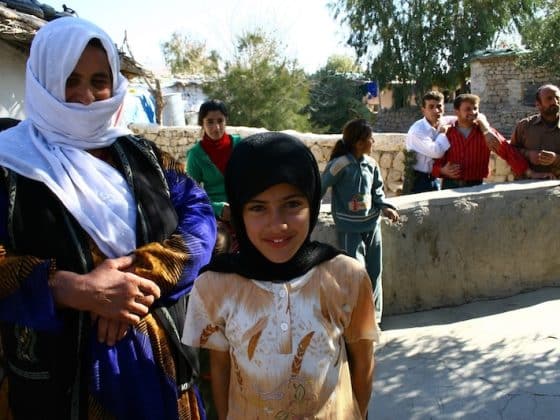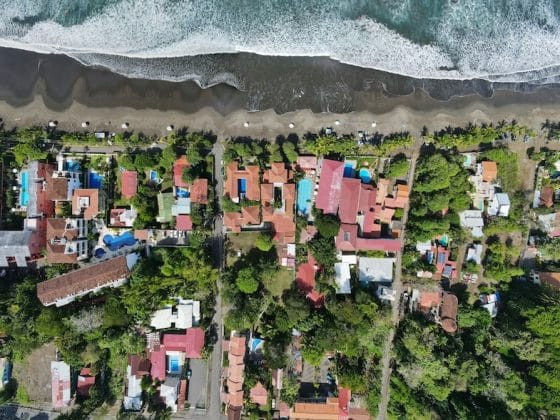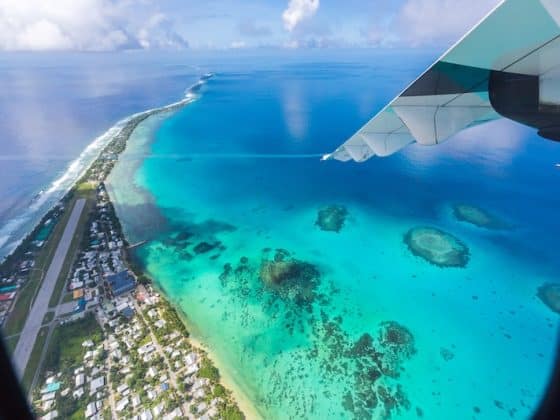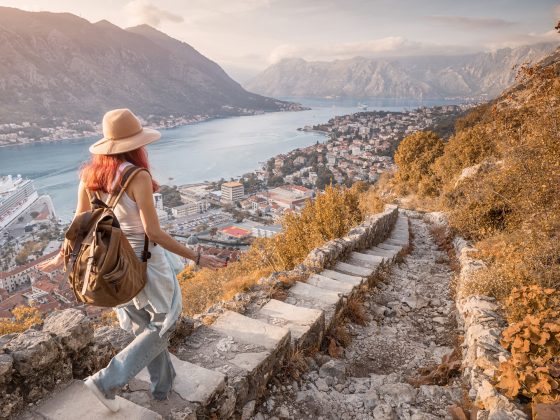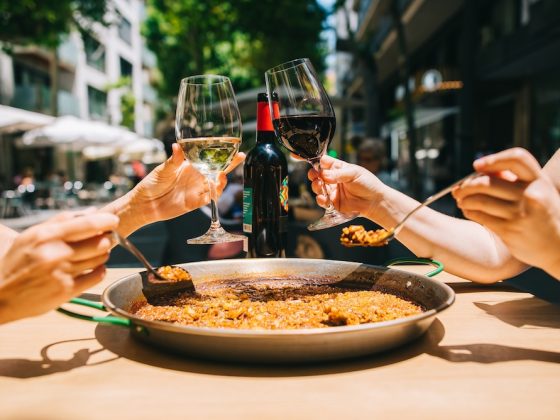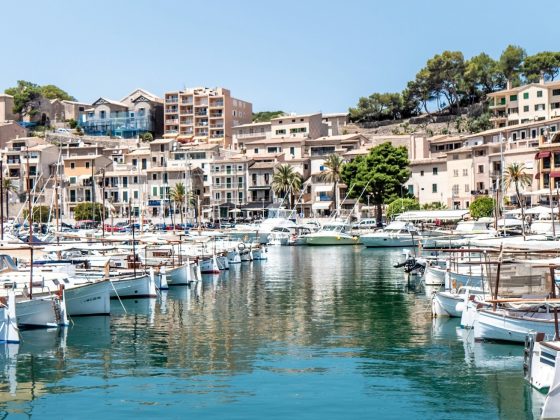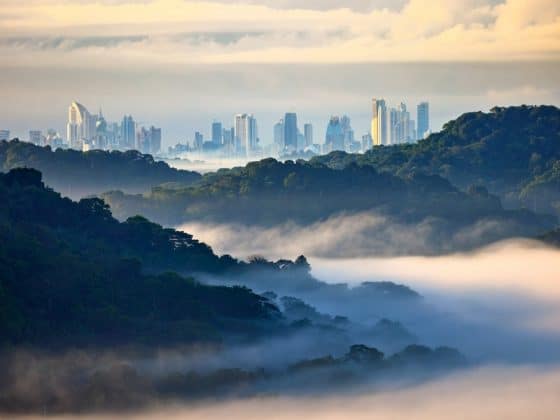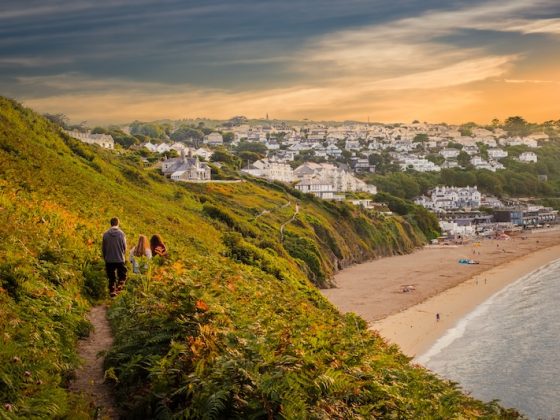Introduction
If you’re planning a trip to Ecuador or considering a move abroad, one of the most important choices is finding out which cities in Ecuador best match your lifestyle, travel goals, and budget. From colonial capitals high in the Andes to tropical hubs along the coast, Ecuador’s cities offer an amazing mix of heritage, climate, and character. In this article, we highlight ten standout cities, compare cost of living, weather, and quality of life, and share practical insights to help you decide where to travel, live, or invest.
Drawn to the crisp air of the highlands, the chill of the coast, or the pulse of city life? This article helps you find the Ecuador that fits you best.
What Makes Ecuador’s Cities Stand Out
Ecuador is a country that fits entire worlds into a single day’s drive. One morning you’re drinking coffee in a misty Andean plaza, and by afternoon you could be watching the sun set over the Pacific. Few places on Earth offer that kind of contrast so effortlessly.
For a nation roughly the size of Nevada, Ecuador holds astonishing range. Mountain cities brimming with art and history, coastal towns where time moves slower, and growing hubs that hum with opportunity. According to the World Bank, around 65% of Ecuador’s population now lives in urban areas, proof that the real heartbeat of this country lies in its cities.
Add in a cost of living that makes long-term stays more than attainable, and it’s no wonder expats, entrepreneurs, and digital nomads keep showing up, testing the waters, and staying for good. Each destination has its own rhythm, its own flavor, its own altitude: choosing between them is less about logistics and more about finding where you feel most alive.
Top 10 Cities in Ecuador
Quito
At 2,850 m (9,350 ft), Quito feels like it’s suspended in the sky. Its colonial center, a UNESCO World Heritage site, is one of the best-preserved in South America: cobblestone streets, domed churches, and Andean views in every direction. Yet Quito isn’t trapped in the past. Its reach extends far beyond the old quarter, evolving into sleek business districts, leafy residential enclaves, and neighborhoods where street art climbs walls beside boutique cafés and craft breweries. As the capital, Quito delivers all the essentials of contemporary comfort: reliable infrastructure, excellent hospitals, bilingual schools, and an international airport that keeps the world within easy reach. At this altitude, the air stays crisp year-round. Evenings call for a sweater and a good view, preferably one overlooking the twinkling lights of a city balanced perfectly between the Andes and the clouds.
Best for: culture lovers, professionals, and newcomers.
Pros: world-class cultural scene, quality healthcare, strong international community, easy travel connections.
Cons: altitude acclimatization, occasional air pollution “garúa” (mist).
Tip: Take it slow your first few days to acclimate. Visit El Panecillo or TelefériQo early in the morning for the clearest panoramic views.
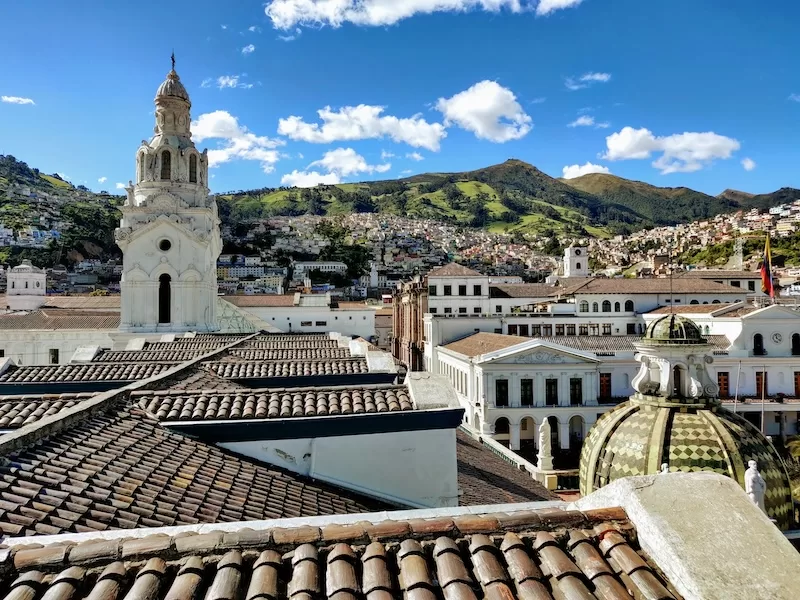
Guayaquil
Guayaquil sits on the Pacific coast and feels alive from the moment the sun rises over the Guayas River. The air is heavy with humidity and the scent of salt, mingling with street food smoke and the constant movement of urban life. Guayaquil’s centerpiece, the Malecón 2000, stretches along the waterfront like an open-air gallery: palm-lined walkways, sculptures, and fountains set against views of boats sliding past. Locals stroll in the evening breeze, couples share coconut water on benches, and music drifts from cafés as the skyline glows behind them. But Guayaquil isn’t just about leisure. It’s the country’s commercial pulse, where towering glass offices meet chaotic markets, and cranes rise beside colonial facades. Startups are multiplying, and the energy feels entrepreneurial, raw, and unfiltered. The energy is strong, the climate intense, and for those who thrive on movement, opportunity feels as present as the ocean air.
Best for: entrepreneurs, city dwellers, and warm-weather seekers.
Pros: warm climate, business opportunities, major airport, lively urban life.
Cons: heat and humidity all year long, some areas require vigilance for safety.
Tip: Stick to trusted taxi apps or hotel-recommended drivers, especially at night. Spend an afternoon in the regenerated Las Peñas neighborhood for colonial charm and river views.
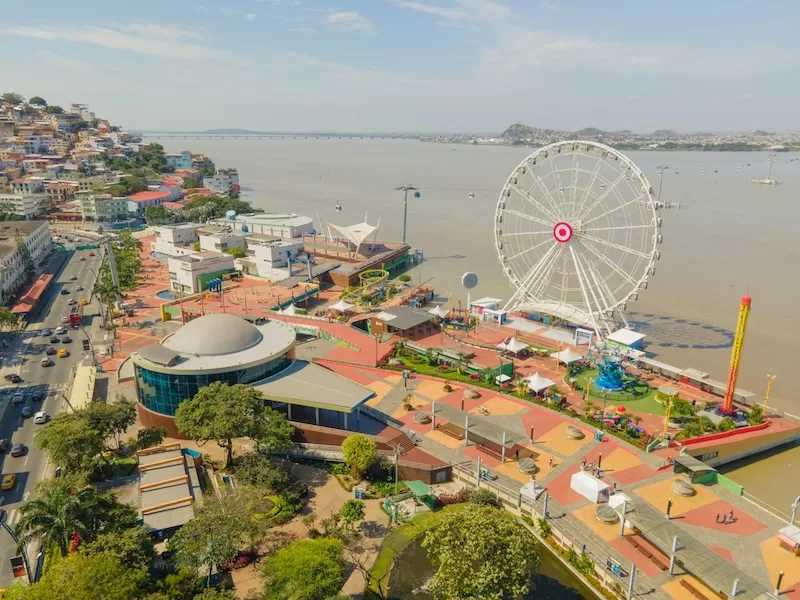
Cuenca
Cuenca consistently ranks among Latin America’s most livable cities for expats (Numbeo actually ranks it as number 1 for 2025). Cuenca scores high for safety, affordability, healthcare, and cleanliness, all while maintaining the cultural richness of a historic Andean city. It merges colonial charm with a cultural edge, with museums, galleries, and cafés squeezed between cobblestoned streets and flower-filled plazas. The Tomebamba River threads through town, flanked by stone pathways and manicured gardens where locals and foreign residents alike gather for walks or quiet reading. The year-round highland climate stays steady between 15–20 °C, keeping air conditioning and heating unnecessary. English is more common here than in most Ecuadorian cities, thanks to a thriving expat and retiree community that has added an international layer to local life. Balance is what defines Cuenca’s appeal: traditional at heart, yet modern enough to feel effortlessly livable.
Best for: retirees, expats, artists, and slow travelers.
Pros: walkable, safe, thriving arts scene, strong community support networks.
Cons: smaller airport with limited flights, slower economic growth.
Tip: Visit the flower market near the New Cathedral early in the morning. Try canelazo, a warm cinnamon-spiced drink, at a café overlooking the plaza on a cool evening.
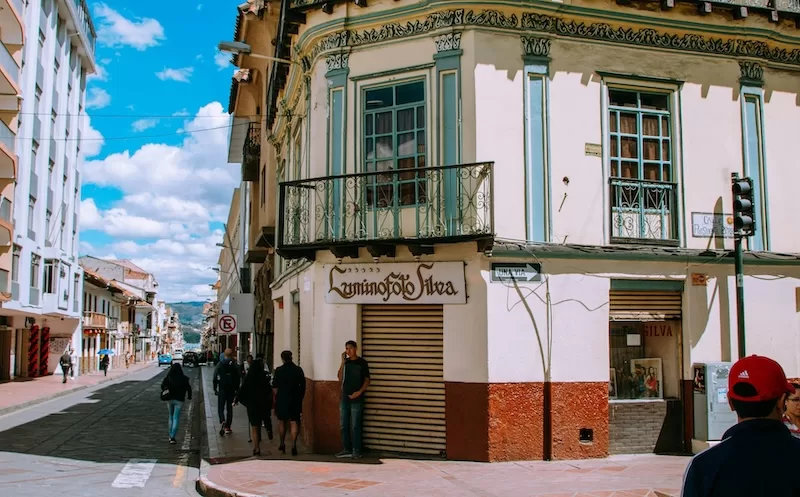
Manta
For anyone drawn to the sound of waves and the feel of salt in the air, Manta offers the best of coastal living with the conveniences of a forward-looking city. Once a humble fishing town, it has transformed into one of the country’s most dynamic port cities and a favorite destination for newcomers seeking sunshine and sea views without losing access to good infrastructure. Its beaches are wide and golden, lined with palms and open-air restaurants serving the morning’s catch. The rhythm of life feels easy but purposeful. Locals heading to the docks, joggers tracing the waterfront, and travelers lingering over long lunches as fishing boats glide past the horizon. Manta’s dining scene is a celebration of the ocean itself: citrusy ceviche, grilled tuna, and cocktails served as the sun sets over the Pacific. Add in dependable internet, modern housing, and a growing international community, and you get a place where fitting in comes easy.
Best for: beach lovers, digital nomads, and semi-retirees.
Pros: beach lifestyle, seafood, affordable housing, relaxed vibe.
Cons: tropical humidity, less nightlife compared to larger cities.
Tip: Try ceviche de concha at a local beachfront stand. Bring sunscreen and light clothing, as the sun is intense even on cloudy days.
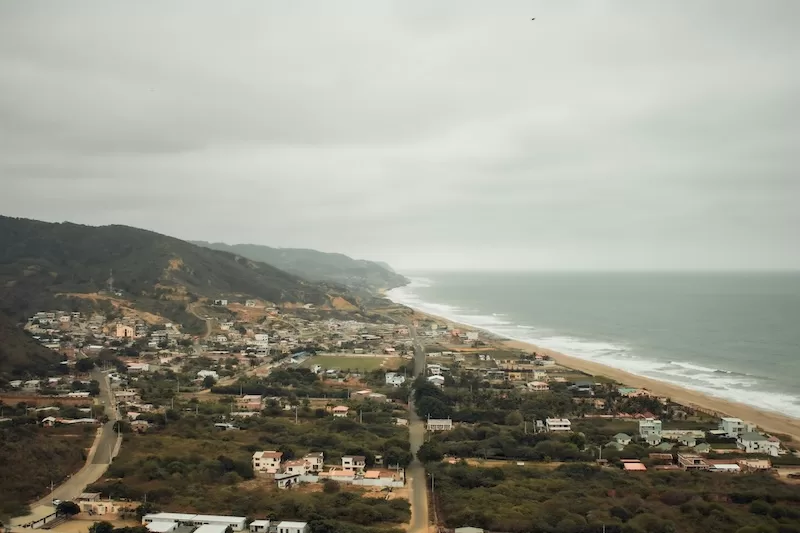
Loja
Loja sits in southern Ecuador in a mountainous zone and moves at a slower, more melodic beat. Known as the country’s “Music and Cultural Capital,” it has a proud creative heritage. You’ll hear guitars in cafés and find murals on every corner. The climate is springlike all year, and the city feels grounded and authentic. Life here is more about community, conversation, character, and local pride than it is about big malls or international chains.
Best for: creatives, writers, and retirees seeking tranquility.
Pros: peaceful pace, clean air, rich cultural identity.
Cons: limited size, fewer job opportunities.
Tip: Visit the Jipiro Park for quirky sculptures and local charm, then spend the evening listening to live music in the old town. Bring a light jacket, as temperatures can drop after sunset.
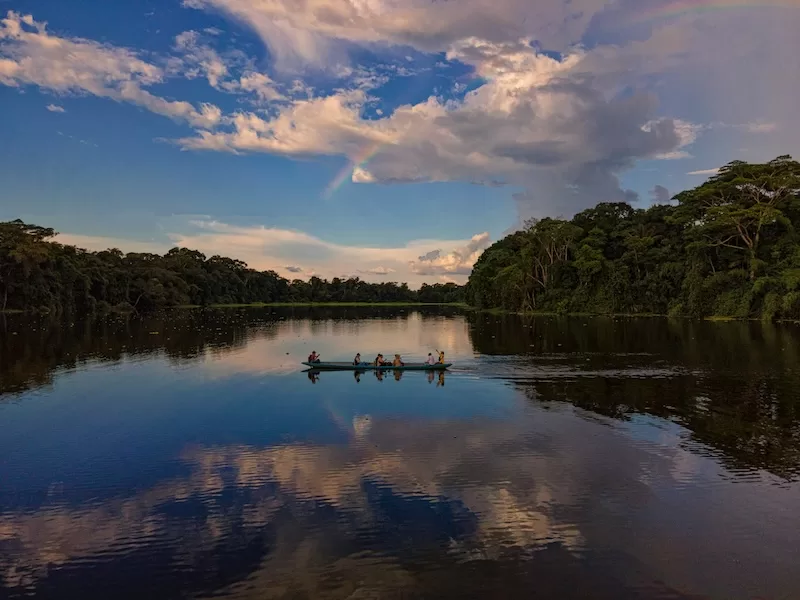
Riobamba
Often referred to as the “Sultana of the Andes,” Riobamba sits surrounded by volcanoes. Chimborazo looms largest, its snowcap visible on clear days. It’s a place with a distinct outdoorsy appeal, attracting hikers, mountaineers, and those who love cooler air and open views. It’s also a regional hub for education, with universities and a growing student population.
Best for: hikers, photographers, and outdoor enthusiasts.
Pros: scenic landscapes, cooler climate, affordable living, central location for Andean travel.
Cons: remote, chilly evenings, smaller economy.
Tip: Take the Nariz del Diablo train ride for one of the country’s most scenic rail journeys. Bring layers and a windbreaker for high-altitude excursions.
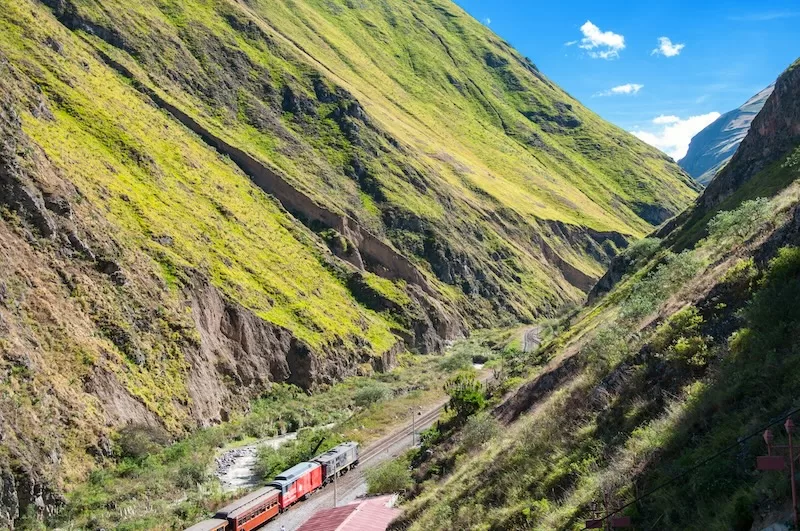
Ambato
Ambato, also called the “City of Flowers and Fruits,” thrives in the heart of Ecuador’s central Andes, a fertile valley where agriculture and celebration intertwine. Each February, during Carnival, the city bursts into color for its famous Fiesta de las Flores y las Frutas. Parades, music, and floats decked in blossoms and produce take over the streets, reflecting Ambato’s deep connection to the land. Its markets are the city’s core, overflowing with roses, orchids, and sun-ripe fruit like peaches, guavas, and grapes. Vendors call out cheerfully, offering samples of fresh juices and local sweets made from the harvest. These small encounters capture what makes Ambato special: authenticity, generosity, and pride in the soil that sustains it. Strategically located between Baños and Quito, Ambato enjoys a mild, balanced climate and solid infrastructure, making it ideal for travelers who want to experience the Andes without the extremes of altitude or isolation.
Best for: food lovers, festival-goers, and families.
Pros: fertile surroundings, moderate weather, well-connected for travel.
Cons: limited nightlife, less international exposure.
Tip: Visit the Mercado Central early in the morning for the freshest produce. Try traditional sweets like dulce de guayaba and fruit juices blended on the spot.
Esmeraldas
On the northern coast, Esmeraldas offers a bold contrast to the highlands, with its tropical groove, Afro-Ecuadorian music, and long, sunlit beaches. It’s less polished than Manta but far more alive with local flavor. Food here leans spicy and coconut-rich, and weekends revolve around beach gatherings and marimba beats.
Best for: free spirits, surfers, and cultural travelers.
Pros: vibrant coastal culture, warm climate, affordable cost of living.
Cons: uneven infrastructure, localized security concerns.
Tip: Head to Playa de Las Palmas on a weekday for fewer crowds. Try encocado de camarón, shrimp cooked in coconut sauce, one of the region’s signature dishes.
Portoviejo
Inland from the coast but only a short drive to the ocean, Portoviejo is a practical base for those who want warmth without full coastal intensity. Agriculture drives much of the economy (bananas, cacao, and livestock) and the city has quietly rebuilt and modernized after the 2016 earthquake. It’s well-connected to Manta and offers a grounded, community-focused way of life.
Best for: budget-conscious expats, families, and long-term stays.
Pros: strategic location, affordable housing, expanding infrastructure.
Cons: limited cultural tourism, modest amenities.
Tip: Visit La Rotonda park for local food stalls and evening strolls. Try bolón de verde, a plantain-based breakfast staple popular across the region.
Ibarra
Just two hours north of Quito, Ibarra, often called the “White City” for its whitewashed colonial facades, offers a gentler life framed by mountain horizons. At 2,225 meters above sea level, its climate stays mild, and its pace is refreshingly calm compared to the capital. Life in Ibarra unfolds in simple, satisfying ways. Mornings begin with the aroma of freshly roasted coffee drifting from open-air cafés. Weekends invite walks around Yahuarcocha Lake, and the central market buzzes with the sound of vendors trading fruit, textiles, and stories. For global citizens and travelers, Ibarra strikes a rare balance: close enough to Quito for convenience yet distant enough to replace traffic with tranquility.
Best for: couples, digital nomads, and slow travelers.
Pros: close to Quito, milder climate, quiet.
Cons: limited international flights.
Tip: Visit the markets early to catch the freshest produce. Try helados de paila, a hand-churned ice cream unique to the region. Spend an afternoon boating on Yahuarcocha Lake for beautiful views and tranquility.
Read More Like This: Top 10 Things to See & Do in Ecuador
How to Choose the Right City for You
When choosing between the most suitable cities in Ecuador for you, it helps to weigh a few key factors that shape daily life and long-term comfort:
- Altitude & Climate — Highland cities (Quito, Cuenca, Loja) are cool and springlike all year long; coastal cities (Manta, Guayaquil) are hot, humid, and sun-drenched.
- Connectivity — Quito and Guayaquil have international airports; smaller cities like Cuenca or Loja connect via domestic flights or scenic bus routes.
- Cost of Living — The coast tends to be cheaper for housing and food, while Andean cities may cost more in historic or international neighborhoods.
- Safety & Health Services — Larger cities offer better hospitals, bilingual doctors, and private clinics; smaller towns trade convenience for peace of mind.
- Lifestyle Preferences — Choose between urban energy, mountain calm, or coastal leisure. Each hub has its own appeal, from Cuenca’s cultured calm to Guayaquil’s nonstop movement.
- Community & Expat Presence — Cuenca and Manta have active expat networks; Loja and Ibarra attract those seeking quieter, more local experiences.
- Culture & Entertainment — Quito and Cuenca lead in museums, festivals, and nightlife; smaller cities lean into tradition, food, and open-air gatherings.
- Infrastructure & Internet — Major cities have strong Wi-Fi, reliable utilities, and public transit; rural areas may require more patience and planning.
- Work & Business Opportunities — Guayaquil dominates in trade and commerce; Quito in administration and tech; Cuenca in creative and service industries.
- Proximity to Nature — Riobamba and Ambato sit near volcanoes and hiking trails; Manta and Esmeraldas open straight onto the Pacific; Cuenca gives easy access to the Cajas National Park.
Choosing well means finding the altitude, rhythm, and balance that match how you want to live.
Read More Like This: Top 3 Destinations for Expats in Ecuador
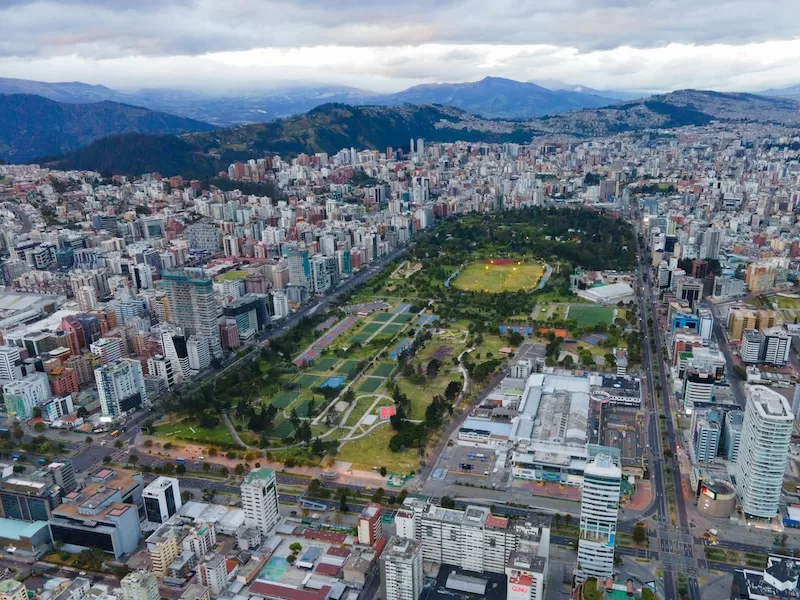
FAQs
Q 1: Which city in Ecuador has the best weather?
Cuenca and Loja enjoy springlike temperatures all year, while Manta offers consistent warmth and sea breezes for those who prefer coastal sunshine.
Q 2: Which Ecuadorian city has the lowest cost of living?
Cities like Portoviejo, Ibarra, and Loja tend to be more affordable than larger urban centers. Rent, food, and transportation are notably cheaper without sacrificing quality of life.
Q 3: What is the safest city to live in?
Cuenca and Loja consistently rank among the safest, thanks to their small size, strong community ties, and low crime rates compared to major cities.
Q 4: Which Ecuadorian cities have the best healthcare facilities?
Quito, Guayaquil, and Cuenca have the most advanced hospitals and private clinics. Smaller cities usually have basic services but may require travel for specialized care.
Q 5: Which cities are best for cultural life and entertainment?
Quito and Cuenca lead in museums, theaters, and festivals. Loja has a strong local arts scene, and Guayaquil offers concerts, nightlife, and urban events.
Q 6: Which city is best for digital nomads or remote workers?
Cuenca and Manta stand out. Cuenca offers great internet and coworking cafés in a cultural setting, while Manta combines fast Wi-Fi with beachfront living.
Q 7: Which city is best for retirees?
Cuenca is widely considered the top retirement city, thanks to its mild climate, strong healthcare system, and active international community.
Q 8: Which city is best for food lovers?
Guayaquil excels in seafood and street food, Ambato in fruits and sweets, and Cuenca in international dining. Each destination has its own regional specialties worth tasting.
Q 9: Which cities are most walkable?
Cuenca and Loja are ideal for walking, with compact centers and scenic public spaces. In larger cities like Quito or Guayaquil, walking is best within specific districts.
Q 10: Which Ecuadorian cities are closest to the beach?
Manta, Esmeraldas, and Salinas sit directly on the Pacific coast, offering easy access to beaches and water activities.
Q 11: Which city is best for outdoor activities and nature access?
Riobamba is perfect for hiking and mountain adventures, while Ambato and Ibarra are surrounded by lakes, volcanoes, and scenic countryside.
Q 12: Which city is best for families?
Cuenca and Ambato are popular among families for their safety, schools, and balanced quality of life.
Q 13: Which city offers the most modern infrastructure?
Quito and Guayaquil lead in public transit, international schools, hospitals, and entertainment venues.
Q 14: What is the most underrated city in Ecuador?
Ibarra often surprises visitors. It’s peaceful, affordable, and close enough to Quito for convenience, yet has its own charm and sense of space.
Discover Your Ecuadorian City
Choosing among the cities in Ecuador (much like choosing your ideal place anywhere) is about finding the version of life that feels right for you. Maybe it’s the crisp, golden mornings of Quito, the ocean-salted afternoons of Manta, or the relaxed pace of Loja, where time seems to stretch a little longer. Each one carries its own vibe: Cuenca shines with art and old-world grace, Guayaquil races with ambition and warmth, Riobamba breathes mountain air that feels ancient and pure.
Think of this guide as a map, but let instinct do the navigating. Notice which images stay with you; the sound of church bells in the Andes, the scent of mango at a coastal market, the sight of clouds curling around a volcano at dusk. Somewhere in that mix is the place that will fit you just right.
Your next chapter could start with a single choice.
Subscribe to our newsletter for deeper looks at each city, expat insights, and practical tips to turn your Ecuador dream into something you can wake up to.
Contact Author
"*" indicates required fields
Stay Ahead on Every Adventure!
Stay updated with the World News on Escape Artist. Get all the travel news, international destinations, expat living, moving abroad, Lifestyle Tips, and digital nomad opportunities. Your next journey starts here—don’t miss a moment! Subscribe Now!
